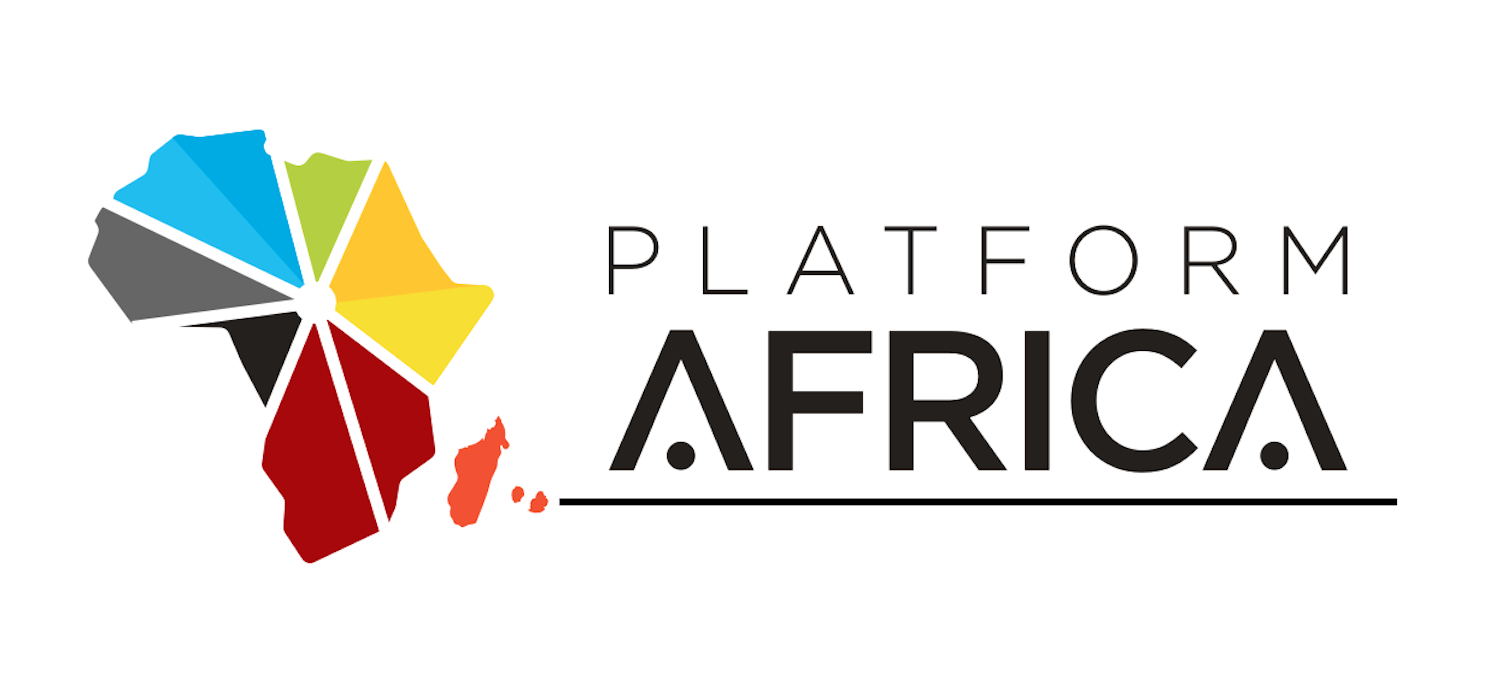By Vishal Bhidu
How is the blockchain process implemented, and what are its various implications for businesses? That was one of the themes discussed during the Cryptoverse Summit 2023, where the Chief Executive Officer (CEO) and Founder of blockXspace Meike Krautscheid shared her valuable insights on the subject. These insights are believed to have a significant impact on businesses and investors in the digital space.
While the definition of blockchain technology may appear to be complex with various experts bringing their varied perspectives across different channels, albeit social media we ask Meike to offer her insightful views to make it simpler and concise which she concurred is the right thing to do before we hit the ball out of the park.
She explains: “What exactly is blockchain technology? Blockchain is a decentralized ledger for data and value, which possesses specific properties such as timestamps, making data immutable, and the ability to trace all changes of the ledger back in time. The network operates peer-to-peer without a central authority as a middleman. Through a consensus algorithm and incentives, the ledger is kept honest, offering trust and efficiency through a tamper-resistant chain of information.”
“The bottom line is to ensure the integrity of your data to help prevent any manipulation. For instance, Ph.D. students at a local university may need to verify the authenticity of their Ph.D. documents, a task made possible through the application of blockchain technology.”
The value of blockchain technology, Meike Krautscheid says, lies in its ability to prevent double-spending and ensuring the integrity of transactions. However, there are still risks involved in the blockchain and the crypto world, particularly when centralized authorities have significant influence. Just like in the traditional banking system, centralized crypto exchanges can engage in fraudulent activities, such as trading with fake Bitcoin or minting stablecoins without proper backing. This parallels the practices of traditional banks that create money out of thin air, multiplying values without holding the actual assets. When too many people try to claim their money, physical banks may restrict cash withdrawals, while crypto exchanges can limit withdrawals or even disappear with customers’ funds. While blockchain technology in itself is sound, the actions of individuals in the financial realm, both physical and digital, can still lead to questionable practices.
When discussing data, any changes to the blockchain data can be traced back through the entire history. However, there are different approaches to handling data on a blockchain:
“Speaking about on-chain and off-chain data: On-chain data refers to information that is fully stored on the blockchain and is accompanied by a unique identifier called a cryptographic digest or hash. Off-chain data, on the other hand, refers to the actual data stored outside of the blockchain. For instance, it can be stored in a cloud service like Dropbox, where the data is hashed, and only the hash value is stored on the blockchain as an identifier,” explains Meike Krautscheid.
“By comparing the hash values, it is possible to determine if the data on the blockchain has been manipulated or altered in any way. The hash serves as a digital fingerprint that can detect changes or tampering with the data stored off-chain.”
Metaverse as a gateway and implications
During an open conversation with Platform Africa regarding the management of on-chain and off-chain data, Meike brings attention to the transformative potential of blockchain technology in shaping the future of digital realm. One such intriguing concept is the Metaverse—a virtual universe that holds immense possibilities. In this context, she highlights the importance of addressing certain key elements to fully realize the potential of the Metaverse.

“While the vision of a Metaverse powered by blockchain as a gateway is tantalizing, there are still certain elements that need to be addressed for its full realization. Scalability remains a significant challenge, as the current blockchain infrastructure may struggle to handle the immense volume of transactions and interactions within a robust Metaverse ecosystem. Interoperability between various blockchain networks and virtual worlds is another crucial factor that requires seamless integration to ensure a cohesive user experience. Additionally, the capacity to store and process vast amounts of data generated within the Metaverse presents a complex technical hurdle.”
“However, it is important to note that progress is underway, and the technology is evolving in tandem with the world’s readiness. Step by step, advancements are being made to overcome these obstacles and bring the vision of a blockchain-powered Metaverse closer to reality. As the technology continues to mature and innovations emerge, the path to a fully realized Metaverse becomes clearer, promising a future where blockchain serves as the gateway to an immersive and interconnected digital realm.”
“As we discuss the future of blockchain, scalability, and interoperability between different blockchain technologies become crucial. It is important to note that interoperability should not be limited to a single blockchain, nor should it be restricted to one specific blockchain protocol. I don’t believe that there will be only one protocol, as different use cases and organizations may require different conditions within a protocol. This is in contrast to the current use of a single internet protocol,” Meike Krautscheid avers.
The perfect blockchain, private protocol and resistance to Technology
We always require a different approach. The expert contends that it depends on what one intends to achieve with blockchain, leading to a selection of the perfect blockchain. For instance, someone may need a public network, while another individual might opt for a private protocol.
“In the future, it is necessary to inquire about the current secret that is presented to the outside world, which permeates into the ongoing transaction to gain access to the system while it remains encrypted,” she added.
“Something encrypted using SHA256 has the potential to be decrypted by a supercomputer, which poses a significant challenge we will likely encounter in the next 10 years.”
Meike Krautscheid adds a thought-provoking layer to the conversation, “In general, data storage for the next 50 years already poses a significant challenge. When it comes to blockchain storage, they claim that once you put data on-chain, it will be there ‘forever’. But this is not true.”
The founder of blockXspace raises an important question, “Who will bear the costs? Storing data for many decades poses a significant technological challenge, and someone would need to cover the expenses of maintaining data storage indefinitely. This has not been achieved thus far.”
She continues in the same vein, “One of the current and future challenges in applying or using blockchain lies in the fact that users should not need to consider the entire process for every transaction. Similar to sending an email, where one simply clicks ‘send’ without having to think about the underlying protocol.”
“Even if the use of blockchain is simplified, there can still be resistance to adopting the technology,” Meike emphasizes. “For instance, it challenges the ability of governments and companies to manipulate data easily, and it disrupts the monopoly power of big corporations like Google, Apple, or Meta by empowering individuals with control over their own data.”
The resistance to adopting blockchain technology is often rooted in individuals’ desire for secrecy and the prevalence of data manipulation across different sectors. By addressing these challenges and promoting transparency, blockchain has the potential to revolutionize industries and empower individuals with greater control over their data.




